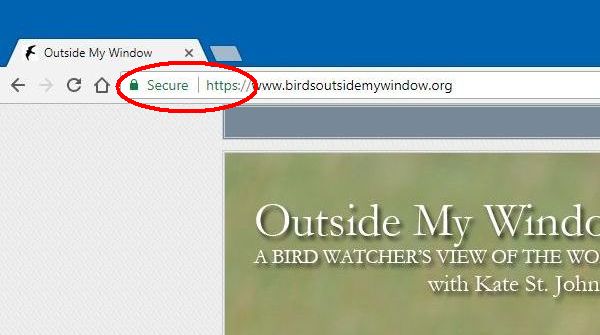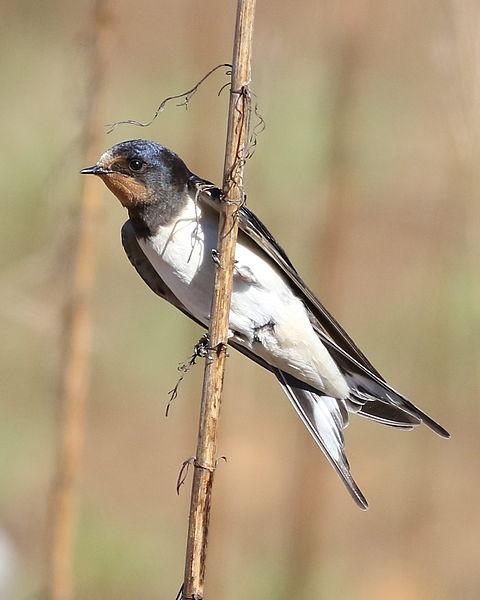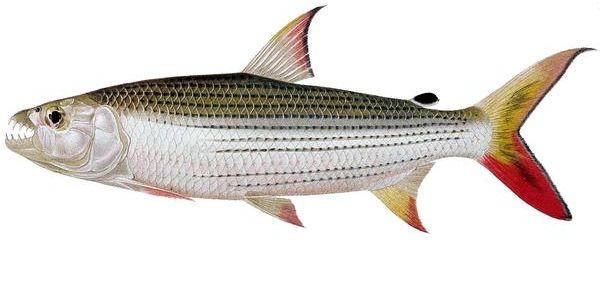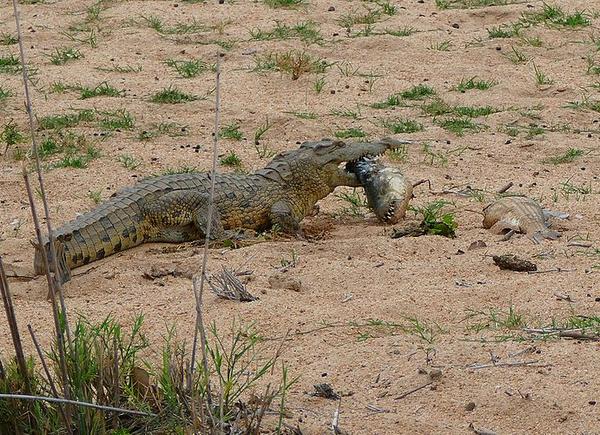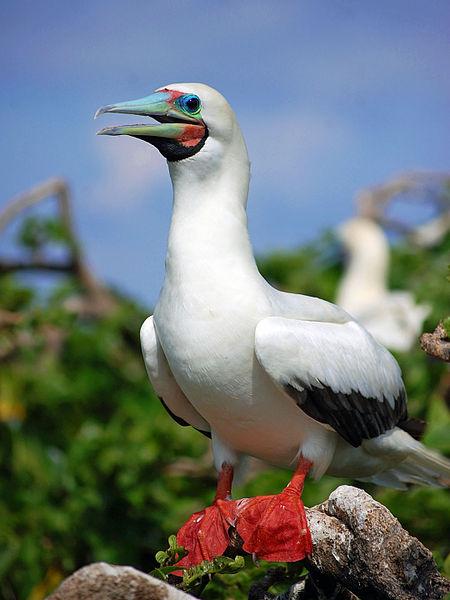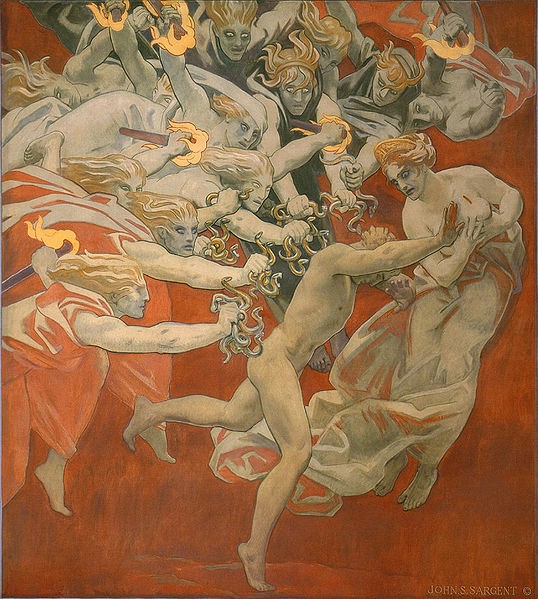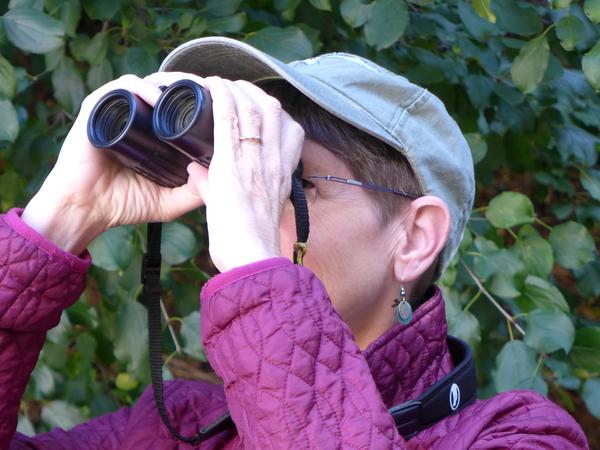
Since I bird watch every day people sometimes ask me, “Which binoculars should I buy?”
Buying binoculars is a very individual decision. Everyone’s needs and eyes are different so I can’t answer the question for you but here are some decisions to make and links to resources that will help you answer the question for yourself.
Decisions to make before you buy binoculars:
- How much money do you want to spend?
- What viewing quality and size/weight do you have in mind?
- Find out which binoculars work for you by looking through as many models as you can, ideally outdoors. This step is really important!
- Why? Here’s an example: I love the binoculars you see me using above, but many people can’t see through them because of the long eye relief.
- Where? You can look through many models at the optics vendors at a birding conference or on outings with friends (hawk watches or other bird walks), just ask.
- Repeat the steps above if Step #3 stretched your budget or changed your quality/size expectations.
Tips: “You Get What You Pay For” is especially true of binoculars. Better quality means better optics (clearer view), truly waterproof (they don’t fog inside), lighter weight, better balance. Quality costs money.
You will want better binoculars as your eyes get older (i.e. worse).
Links to Binocular Resources: These websites will get you started. Follow the links they recommend to find out more. Once you know what you want you can buy in person or online.
- All About Birds: Six Steps to Choosing a Pair of Binoculars You’ll Love (links on righthand side)
- Birdwatchers’ Digest: Ten Steps on the Path to Perfection (in Birding Optics) (links below)
- Buying Binoculars for Children (Christmas is coming)
My Experience:
In the five decades I’ve been birding I’ve owned at least a dozen binoculars. Every time I buy new ones I buy better quality.
I had a cheap set of binoculars in the early 1990’s which were fine until I looked through someone’s better binoculars. My next set cost twice as much but was still inexpensive. I dropped them on a rock and they went hopelessly out of alignment. The fix was more expensive than new binoculars. Tip: Wear binoculars on a comfortable strap.
Birding where it’s damp? I had a nice mid-range “water resistant” set but they fogged up internally in humid weather in Maine. Internal fog cannot be removed. I just had to wait until they cleared on their own, leaving dust-drops inside. It was time for truly waterproof binoculars.
A decade ago I admitted my passion for birds and made the investment in really good binoculars: first buying Leica 8-power, then Swarovski 10-power. I use them both. Yes they’re expensive, but I haven’t needed new binoculars since then.
p.s. Eagle Optics, an online retailer where I bought most of my gear, is going out of business on Dec 31, 2017. They are offering discounts. All sales are final.
(photo of Kate St. John by Dave Hallewell, 2014)
